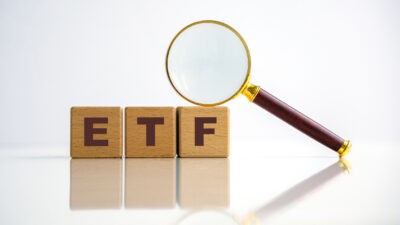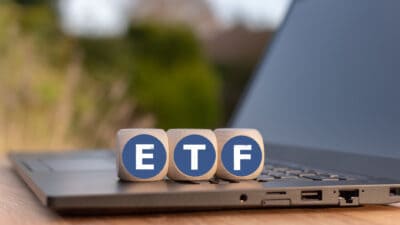Technology exchange-traded funds (ETFs) could be the best ETFs to buy right now.
During the first set of global COVID-19 lockdowns it was technology businesses that really shone through.
Most tech shares are able to deliver their service digitally to customers/clients. This means their revenue and profit is less likely to be affected.
Indeed, there were some tech businesses that have seen an increase in demand because of COVID-19 impacts. For example, on the local market, Nextdc Ltd (ASX: NXT) is seeing more demand for its data centre services. Internationally we've seen shares like Microsoft report a huge increase in demand as people shifted to cloud computing services.
If there is another market selloff due to COVID-19 restrictions then tech shares could outperform again. Tech share earnings as a whole are likely to be affected less (again) and therefore the tech share prices may not fall as much as the broader market.
BetaShares S&P/ASX Australian Technology ETF (ASX: ATEC)
The ASX index is dominated by the big players in the ASX 20 like CSL Limited (ASX: CSL), Commonwealth Bank of Australia (ASX: CBA), BHP Group Ltd (ASX: BHP) and Wesfarmers Ltd (ASX: WES).
But many of the big ASX companies, like the banks and resource giants, are now mature businesses and offer little growth potential.
It's particularly the ASX tech shares that are generating the biggest revenue and profit growth in percentage terms compared to other industries.
This ETF gives you exposure to many of the ASX's leading technology shares. Some of its largest holdings are: Afterpay Ltd (ASX: APT), Xero Ltd (ASX: XRO), Seek Limited (ASX: SEK), Nextdc, REA Group Limited (ASX: REA) Carsales.com Ltd (ASX: CAR), Altium Limited (ASX: ALU), Appen Ltd (ASX: APX) and WiseTech Global Ltd (ASX: WTC).
You have to have a somewhat positive view about Afterpay if you invest in this ETF because at the moment it makes up 18% of the total ETF.
With this ETF you also get exposure to some of the smaller, but compelling, ASX tech shares as well like EML Payments Ltd (ASX: EML), Kogan.com Ltd (ASX: KGN), Bravura Solutions Ltd (ASX: BVS), Pro Medicus Ltd (ASX: PME) and Tyro Payments Ltd (ASX: TYR).
The ETF has been a strong performer in its very limited history. It was launched on 4 March 2020. Over the three months to 30 June 2020, the ETF produced a net return of 47% as the share market recovered.
Its annual management fee is 0.48% per annum.
BetaShares NASDAQ 100 ETF (ASX: NDQ)
Many of the technology shares listed in the US are a lot bigger than the ones in Australia. Those tech businesses are financial juggernauts with powerful market positions.
I think everyone should have some sort of exposure to the FAANG shares. I believe they're likely to produce strong growth for years to come. Plus, their earnings come from all across the world from multiple divisions.
Currently, the ETF's biggest positions are: Apple, Microsoft, Amazon, Facebook, Alphabet, Tesla, Intel, Nvidia and Netflix.
These businesses have proven to be resilient during the difficult COVID-19 circumstances and long-term investors have done very well holding them. Since inception in May 2015, this ETF has returned an average of 20.75% per annum.
Past performance is certainly no guarantee of future performance, but this ETF has consistently performed strongly for investors. Those big tech businesses keep delivering good revenue growth year after year.
Microsoft, Amazon and Alphabet are key for the world's shift to cloud computing. Alphabet and Facebook are capturing a lot of the increasing digital advertising expenditure. Amazon is seeing enormous retail growth because of the COVID-19 impacts on physical retail stores. Netflix was a source of entertainment for many people who were locked down in their houses.
This ETF has an annual management fee of just 0.48%.
Foolish takeaway
I really like both of these ETFs, though the Australian one is probably a bit too focused on Afterpay at the moment for effective diversification for my liking. At the current prices I'd probably go for the NASDAQ ETF because of how strong the economic moats and balance sheets are.







